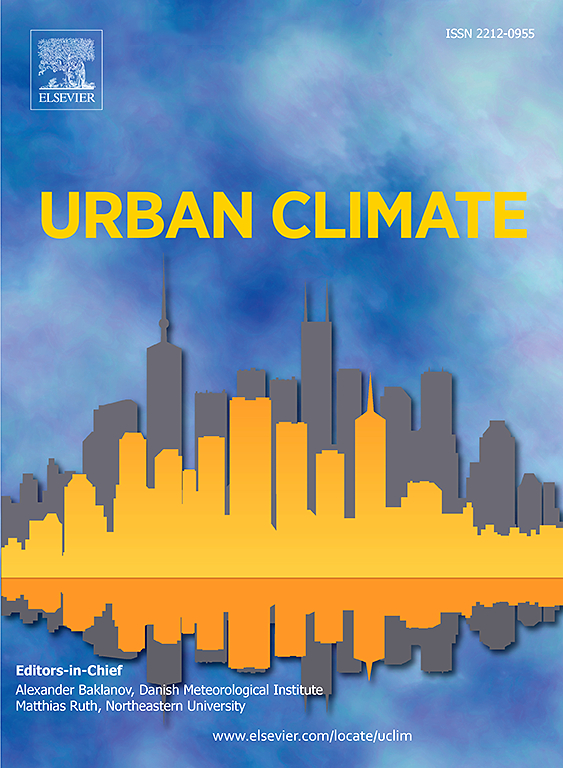Revolutionizing air quality forecasting: Fusion of state-of-the-art deep learning models for precise classification
IF 6
2区 工程技术
Q1 ENVIRONMENTAL SCIENCES
引用次数: 0
Abstract
Effective management of air quality is crucial for protecting public health and enhancing environmental resilience. As urban areas and industries rapidly expand, there is a growing need for accurate systems to monitor and predict air quality. In this way, individuals can take prompt action to reduce health risks. This research introduces a novel approach for categorizing air quality using advanced deep learning techniques. It addresses common challenges in air quality datasets, such as data imbalance and multi-label classification. To improve feature extraction and classification accuracy, we propose the Fusion of Enhanced Hybrid Deep Features (FEHDF) model, which integrates the strengths of several Convolutional Neural Network (CNN) architectures, including VGG16, VGG19, ResNet50, DenseNet121, InceptionV3, and EfficientNet. To validate this methodology, extensive tests were conducted on multiple datasets, including records from the US Environmental Protection Agency (EPA), air quality data from Beijing, and the UCI air quality dataset. The experimental results demonstrate that the proposed FEHDF model achieves accuracy rates of 98.42 %, 98.75 %, and 98.63 %, respectively, for the EPA dataset, the Beijing air quality data, and the UCI air quality dataset. It outperforms standalone CNN models. These results highlight that FEHDF overcomes the limitations of traditional models, positioning it as a crucial tool for improving air quality predictions. This research marks a significant advancement in the application of deep learning in environmental science, providing a foundation for better public health and regulatory strategies.
求助全文
约1分钟内获得全文
求助全文
来源期刊

Urban Climate
Social Sciences-Urban Studies
CiteScore
9.70
自引率
9.40%
发文量
286
期刊介绍:
Urban Climate serves the scientific and decision making communities with the publication of research on theory, science and applications relevant to understanding urban climatic conditions and change in relation to their geography and to demographic, socioeconomic, institutional, technological and environmental dynamics and global change. Targeted towards both disciplinary and interdisciplinary audiences, this journal publishes original research papers, comprehensive review articles, book reviews, and short communications on topics including, but not limited to, the following:
Urban meteorology and climate[...]
Urban environmental pollution[...]
Adaptation to global change[...]
Urban economic and social issues[...]
Research Approaches[...]
 求助内容:
求助内容: 应助结果提醒方式:
应助结果提醒方式:


